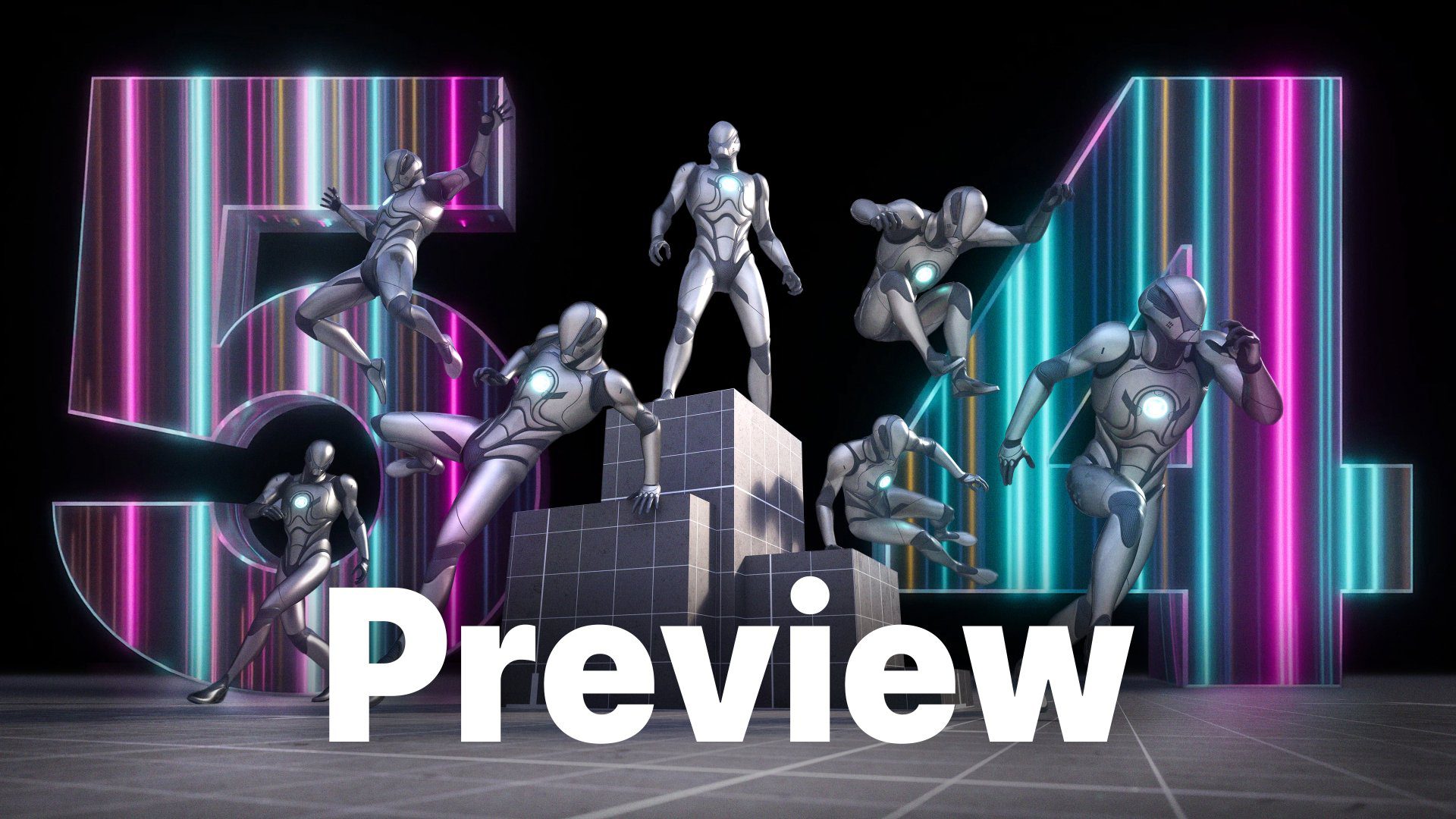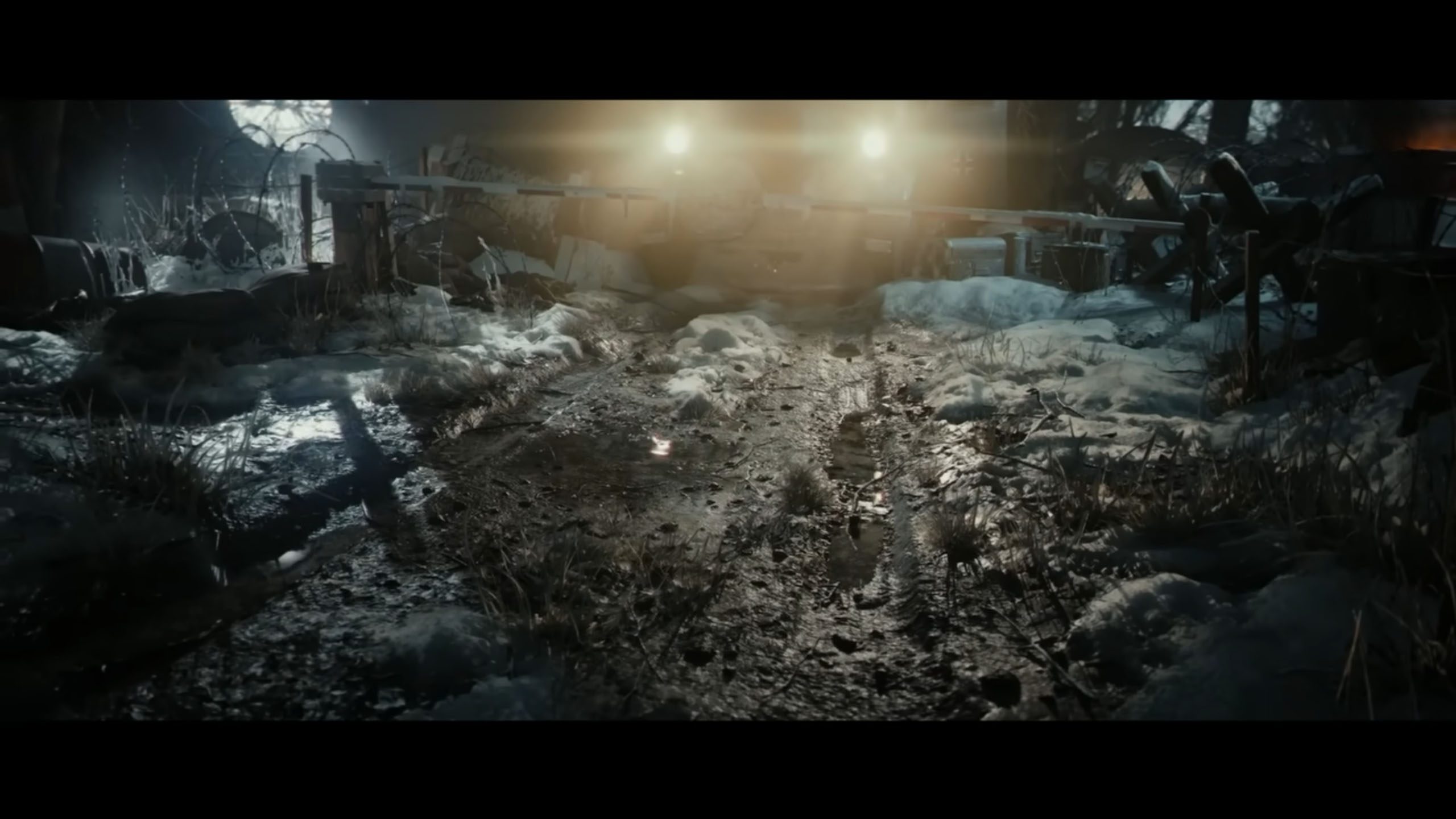Epic delivered its annual “State of Unreal” presentation at this year’s Game Developers Conference. This is their big presentation to discuss what they are working on and to showcase what games are being developed using Unreal Engine 5.4. Sadly, Epic founder and CEO Tim Sweany was not the presenter this year. Still, we got to see many amazing demonstrations of new features. I’ll link the video here for those interested. Much of the State of Unreal presentation was taken up by developers showcasing their upcoming games. Occasionally they would point out new features, so instead of giving a presentation breakdown, I’ll review the roadmap that was released alongside the session. The roadmap contains many features, so we’ll cover the most significant bits with the biggest impact.

One prominent feature covered in both the State of Unreal presentation and the roadmap is dramatically improved performance across the entire application. From faster shader cook times to faster hardware ray tracing performance and many other optimizations, 5.4 makes the entire experience much smoother and more responsive.
Character Animation
While character animation isn’t necessarily new to Unreal Engine, version 5.4 dramatically improves the tools and adds some missing features. They aim to eliminate the need to take motion capture data from Unreal, send it to a DCC program such as Maya, edit the animations, and reimport it back into Unreal. To do this, they significantly improved the Sequencer for readability and usability. New skeletal editor tools have been added, including the ability to copy attributes, paint weights, etc. They even added an experimental modular control rig to set up a new skeleton quickly. Another new feature is the new Motion Matching, which uses AI to help blend between animations. This has been used in Fortnite Chapter 5, so Epic is very confident in how well it works. With the full release, there will also be a sample project with a few hundred animations so users can test it.
Nanite Tessellation
One feature that I’m particularly excited about is the reintroduction of tessellation into Nanite. When Unreal Engine 5.0 launched with the new Nanite virtualized geometry system, geometry tessellation was removed, a tool long used to give higher-detailed surfaces to lower-poly geometry. Their proposed workflow was to use the high-poly model, allowing the engine to reduce polygons as needed. Tessellation worked the opposite way; the base model would be lower-poly, and then the engine would add geometry based on the displacement map. This new update will fuse the two features, allowing for lightweight base geometry that can be tessellated based on system specs or end-user settings. In their demo, this new system made some unique surfaces where multiple materials intersected. Artists can reuse assets more efficiently because the displacement is material-based instead of geometry-based. This is the best of both worlds.

Procedural Content Generation
The Procedural Content Generation tool is getting a greatly improved UX update and a host of new nodes and operators. Many of these changes resulted from community feedback, which is always encouraging. However, one of the most significant changes is to the runtime generation. Epic implemented this for Lego Fortnight, allowing for custom, procedurally generated islands. With this, developers can create their PCG node graphs and biomes, which will then be generated at runtime, giving each user and each playthrough a completely unique environment. We should see some interesting games come out of this.
Cloud Tools
With Unreal Engine 5.4, Epic is building on its cloud-enabled tools. This is primarily a self-hosted cloud that each studio must deploy and maintain, but it can be scaled to AWS or Azure. These tools range from storage, including a shared DDC so end users won’t need to recompile as often, to their Horde build server, which is connected to Perforce. This will make it much easier for studios to build a server network that can accelerate their nightly builds, run automated tests, share data with remote users, and much more without using multiple unconnected third-party solutions.
Motion Graphics Mode
Probably the most significant new feature in 5.4 is the new Motion Graphics Mode. This entirely new toolset was developed specifically for motion graphics artists who traditionally used software such as Adobe After Effect. The new mode has an entirely custom UI and gives artists tools they are accustomed to but integrated into Unreal’s real-time engine. It will also connect to the suite of Virtual Production tools, meaning studios can use it for live broadcasts and make changes on the fly. There is much to cover here; it could be its own article. I highly recommend checking out our partner, Jonathan Winbush, as he has been hands-on with this tool for a while and is making some great tutorials on how to use it.
Conclusion
Unreal Engine 5.4 is shaping up to be a significant update to the already incredible tools. The improved performance will benefit everyone, and the new Cloud build tools will help studios in the ever-evolving game development landscape. PCG continues to grow into an incredibly powerful tool, and the return of displacement mapping will allow artists to make some amazing materials.
The new Animation tools and Motion Graphics Mode continue Epic’s goal to make Unreal a one-stop tool for their “metaverse” ambitions. Many already use Unreal for its real-time motion capture abilities; now, they won’t need a third-party animation tool to do cleanup or other changes to the raw capture data. Television and live streaming services have been adopting Unreal Engine for their Virtual Production workflows; now, they can incorporate the new Motion Graphics Mode for live graphic overlays.
Unreal Engine 5.4 is available as a Preview build via the launcher. Note that plugins available through the marketplace will not be supported until the full launch occurs. However, the plugin developers can update and publish on places such as GitHub, so check with all your plugins before moving over. We don’t have an official release date, but it should be very soon.
